Tropical Fruits You’ve Never Heard Of But Will Love
Pineapple, mango, and guava are common tropical fruits most of us enjoy eating, at least from time-to-time. Fruit tastes great and oftentimes satisfies a sweet tooth better than a candy bar. Many tropical fruits also benefit our health, providing us with essential vitamins and nutrients that keep us healthy. Along with the tropical fruits you find sold in supermarkets, there are many lesser-known tropical fruits that also offer a sweet and tasty fruit that you can eat.
Take any of the tropical fruits listed below to the office with you, to the gym, or enjoy at-home for a phenomenal addition to your menu and an invigorating boost to your health. Read through the list below and see what you might want to try.
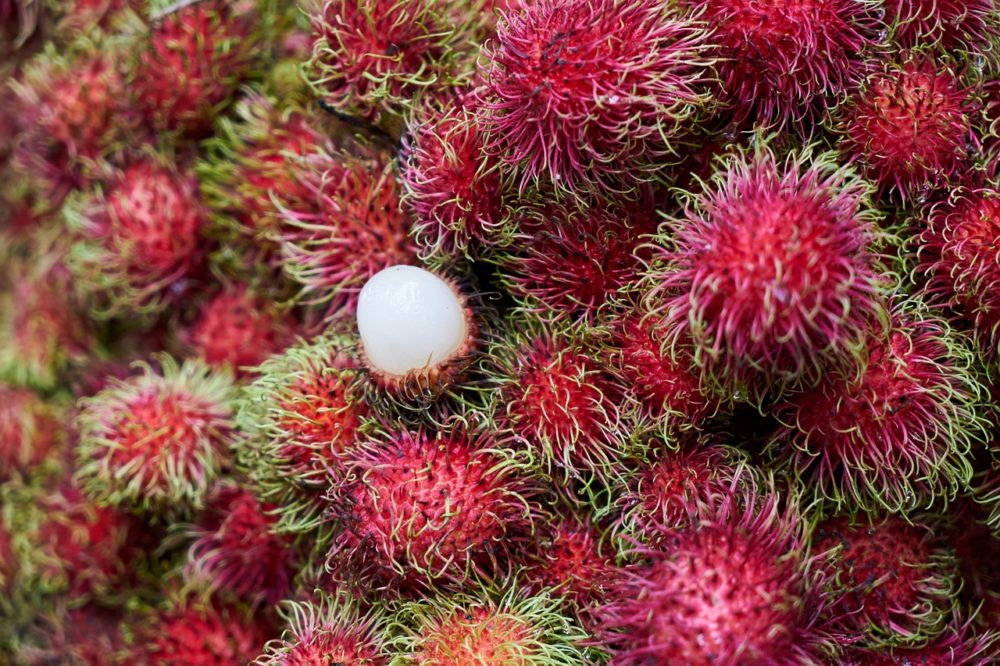
Rambutan
Rambutan is a Malaysian fruit cultivated in warm climate areas such as India, Indonesia, and South Vietnam. The thin, leathery skin of the ping pong ball size fruit is covered in pink hairs. The inside opens to reveal white flesh that offers a juicy, sweet, and memorable taste. Many people use the Rambutan fruit in their cocktails, but it is delicious eaten raw or served in other ways. Add a bit of coconut syrup to your Rambutan cocktail for an extra-special drink for all of the adults at your party.
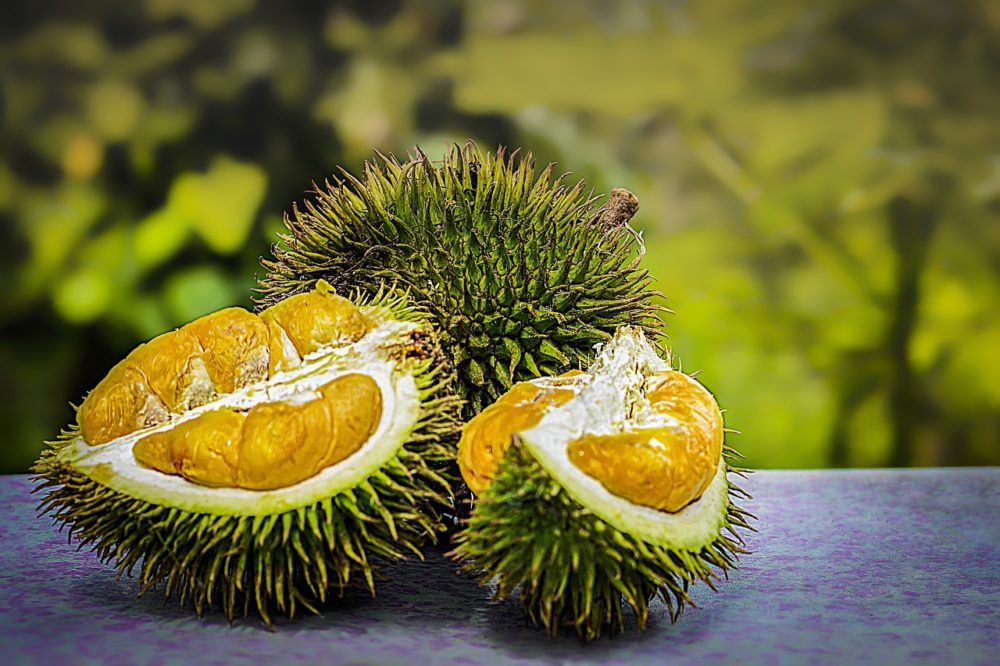
Durian
If you can make it past the hideous smell, the durian fruit is actually quite delicious. The pungent smell, often described as rotting garbage, is so bad that it’s banned in a number of restaurants and hotels in Southeast Asia where it’s a known delicacy. The durian tree bears fruit only once when it is fifteen years old. This is a rare fruit that can cost as much as $50 for one. It goes without saying that you should savor every succulent bite of a durian fruit if you ever get the opportunity. Broken open like a coconut, the fleshy middle can be eaten raw but is most often used in soups, candies and even ice cream.
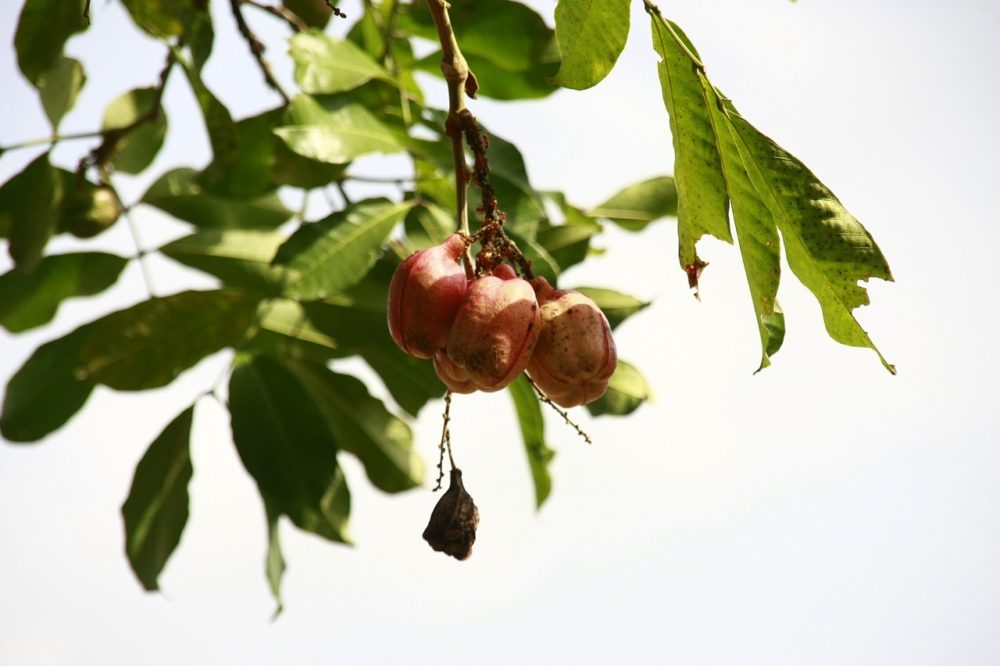
Ackee
The West African ackee fruit is produced mainly in the Caribbean. The fruit can measure as large as 4-inches in diameter and grows on a tree. The yellow and red leathery skin must open itself as it grows on the tree where it reveals a creamy middle with three black seeds. At this point, it is removed from the tree, the flesh boiled in milk or saltwater, and fried in butter. Some people also serve it with rice or add it to stews. The ackee is poisonous if it is removed from the tree before it opens.
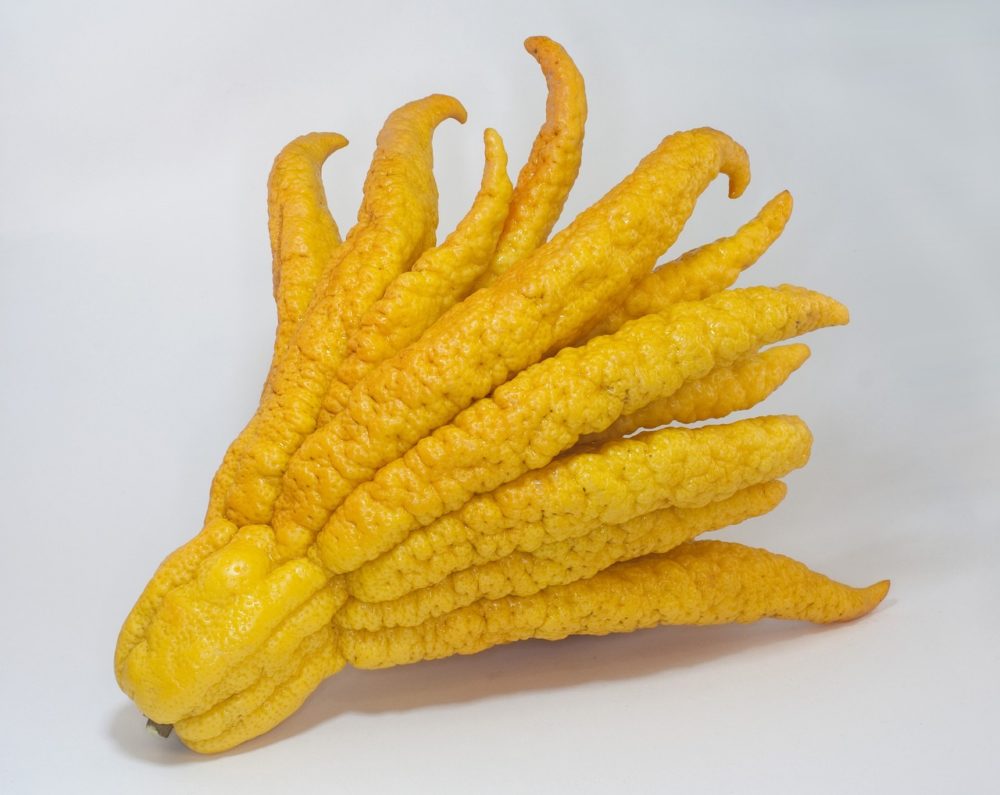
Buddha’s Hand
Not only is the name unusual, but it looks strange, too. Also called a fingered citron, the fruit resembles a hand. Native to Southwest China and Northeast India, the winter fruit can grow up to 12-inches in size. Once split, the fragrance from the seedless, white flesh fills the air. The fruit is juiceless, often used in perfume and to make jams.

Cherimoya
Cherimoya is grown in Peru and Chile. The large fruit can weigh as much as 5-pounds. The smooth, green skin reveals a white flesh that is pitted with seeds. Remove the seeds from the fruit and eat raw or add to a salad or pie. It tastes similar to a pineapple, banana, and passion fruit mixture.
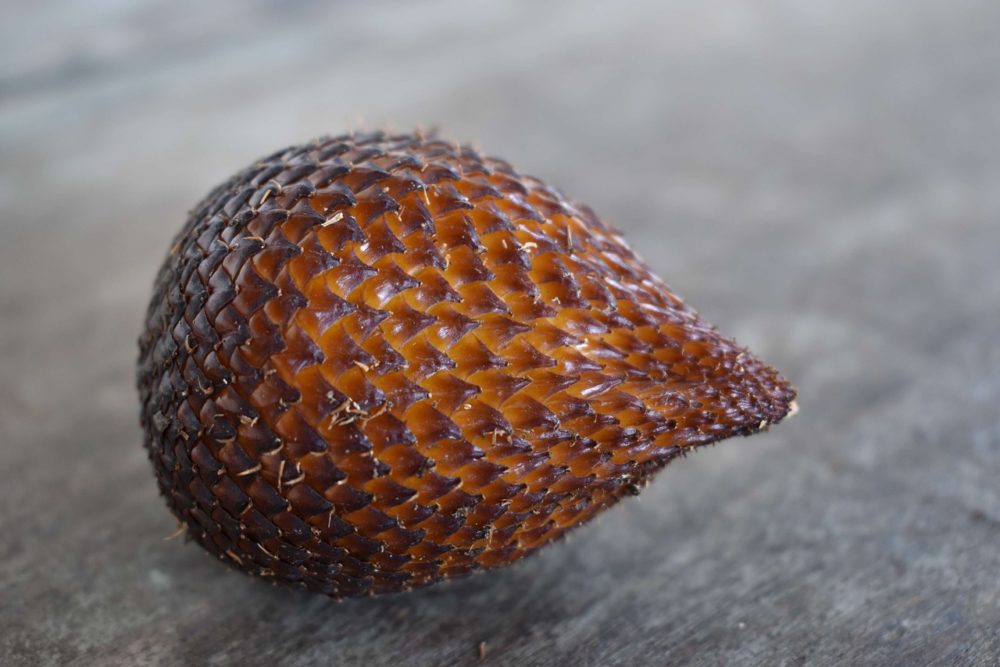
Salak
Salak is native to Malaysia and Indonesia. It’s also called snake fruit. It is shaped like a fig but has brown, scaly skin similar to a snake. Once the tip is removed and the skin is peeled back, there are three yellow-white lobes and seeds. The crisp fruit is a sweet and popular addition to a fruit salad.
Enjoy More Fruit
The fruits on this list taste great. Why eat the usual fruits when you can expand your options and eat fruits that typically aren’t a part of the menu? Not only can the fruits listed above be consumed, but they also make wonderful drinks. Cocktails, smoothies, fruit juices, and fruit teas are a few options available to anyone that wants an even more exciting experience with the tropical fruits listed here.
Would you like to receive similar articles by email?





